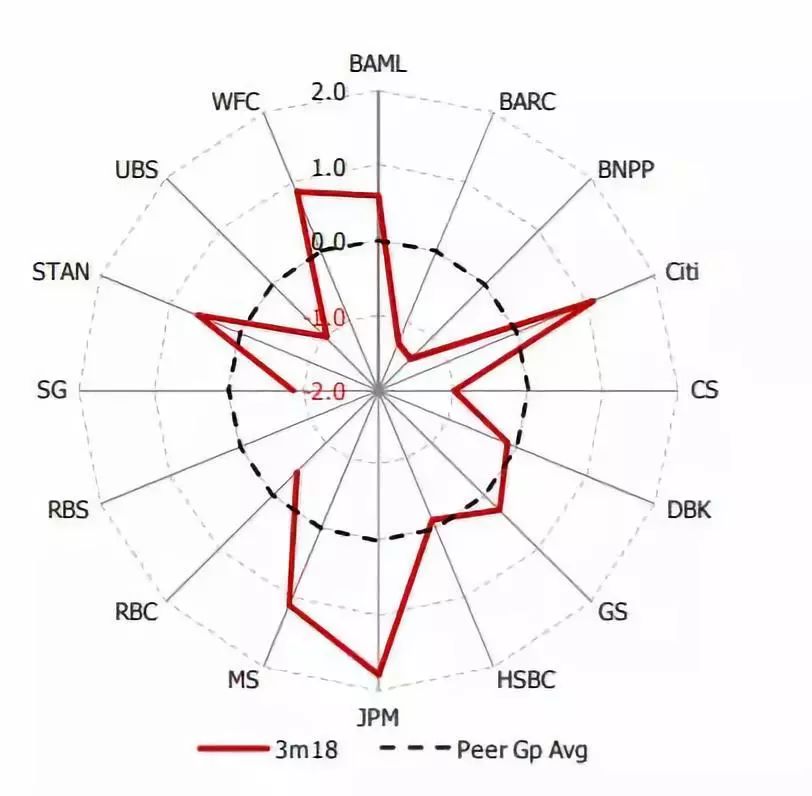Understanding Home Equity Loans vs Line of Credit: Which is Right for You?
#### Home Equity Loans vs Line of CreditWhen considering options for borrowing against your home’s equity, two primary choices emerge: home equity loans and……
#### Home Equity Loans vs Line of Credit
When considering options for borrowing against your home’s equity, two primary choices emerge: home equity loans and line of credit. Both financial products allow homeowners to tap into their property’s value, but they serve different purposes and come with distinct features. Understanding the nuances of each can help you make an informed decision that best suits your financial needs.
#### What are Home Equity Loans?
A home equity loan is a type of loan where you borrow a lump sum of money, using your home as collateral. This loan typically has a fixed interest rate and a fixed repayment term, which can range from 5 to 30 years. Because you receive the entire loan amount upfront, home equity loans are often used for significant expenses such as home renovations, debt consolidation, or major purchases.
One of the main advantages of home equity loans is the predictability of fixed monthly payments. Borrowers know exactly how much they will pay each month, making budgeting easier. Additionally, the interest paid on these loans may be tax-deductible, providing further financial benefits.
However, there are risks involved. If you fail to make payments, you could lose your home, as it serves as collateral. Moreover, since you are borrowing a significant amount, it’s crucial to ensure that you can afford the monthly payments over the life of the loan.

#### What is a Home Equity Line of Credit?
On the other hand, a line of credit is a more flexible borrowing option. A home equity line of credit (HELOC) allows homeowners to borrow against their equity as needed, up to a predetermined limit. This product typically features a variable interest rate and consists of two phases: the draw period and the repayment period.
During the draw period, which usually lasts 5 to 10 years, you can withdraw funds as needed and only pay interest on the amount you’ve drawn. This makes a line of credit ideal for ongoing expenses, such as home repairs or medical bills, where you might not need to borrow a large sum all at once.
Once the draw period ends, the loan enters the repayment phase, where you can no longer withdraw funds and must start repaying both the principal and interest. The flexibility of a line of credit can be advantageous, but it also requires careful financial management to avoid overspending and ensure you can meet repayment obligations.

#### Key Differences Between Home Equity Loans and Lines of Credit
1. **Structure**: A home equity loan provides a lump sum with fixed payments, while a line of credit offers a revolving credit line with variable payments.
2. **Interest Rates**: Home equity loans often come with fixed interest rates, whereas lines of credit usually have variable rates that can change over time.
3. **Usage**: Use a home equity loan for large, one-time expenses, and a line of credit for ongoing or unpredictable costs.

4. **Repayment Terms**: Home equity loans have a set repayment schedule, while lines of credit offer more flexibility during the draw period.
#### Conclusion
Deciding between home equity loans and lines of credit ultimately depends on your financial situation and goals. If you need a lump sum for a specific project, a home equity loan may be the better choice. Conversely, if you prefer flexibility and anticipate needing funds over time, a line of credit could be more suitable. Always consider consulting with a financial advisor to evaluate your options thoroughly and ensure you choose the best product for your needs.